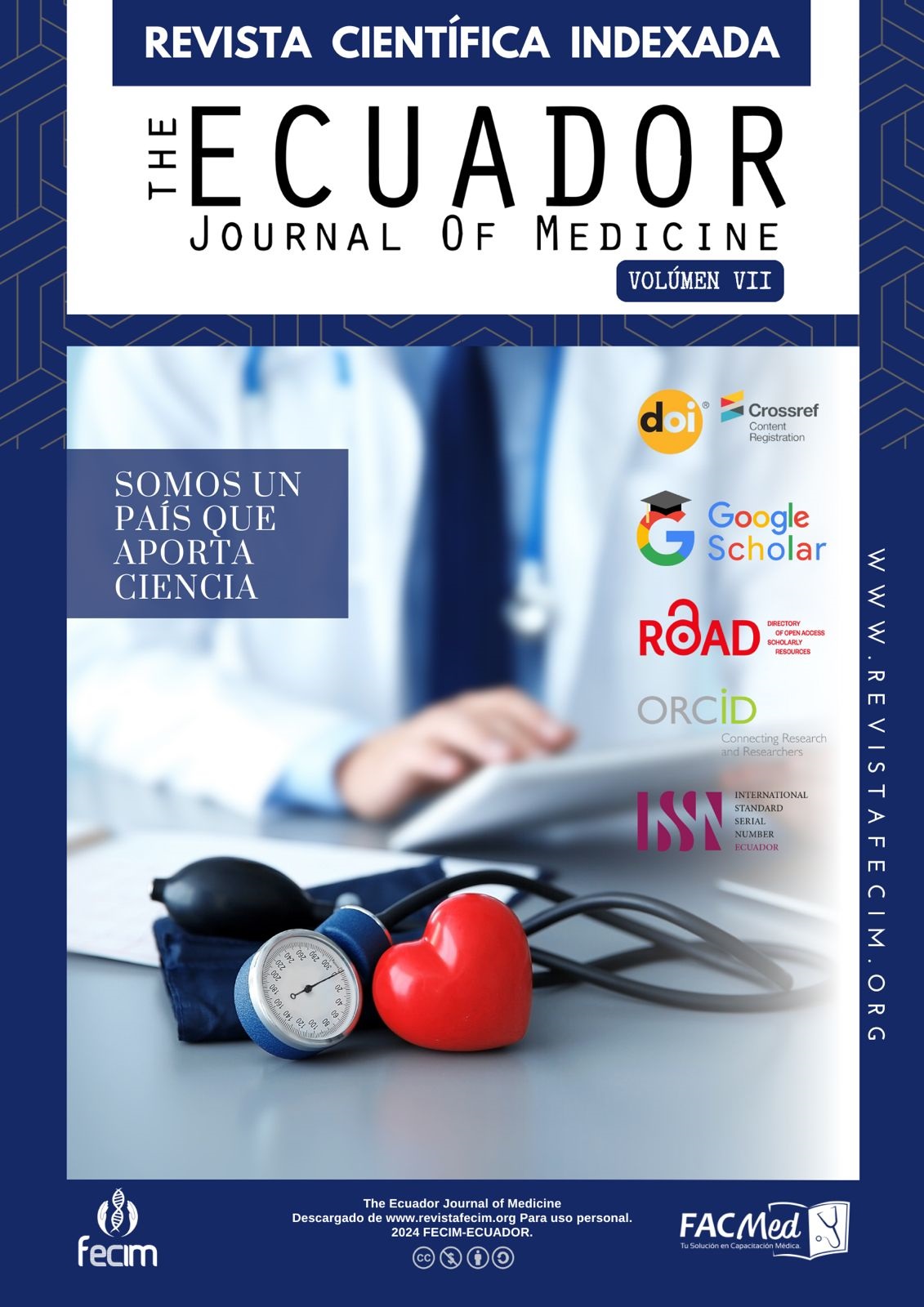REVISIÓN SISTEMÁTICA DE FACTORES PREDICTIVOS DE REINTERVENCIÓN EN PACIENTES CON TRAUMA ABDOMINAL PENETRANTE
DOI:
https://doi.org/10.46721/tejom-vol7iss1-2024-8-23Keywords:
Sepsis, Postoperative Hemorrhage, ReoperationAbstract
Abstract
Introduction: Penetrating abdominal trauma is common in emergency
services and often requires unscheduled reinterventions.
Objective: To indentify the predictive factors of reintervention in patients
with penetrating abdominal trauma and to establish the most relevant
ones for decision making in the different surgical stages.
Materials and methods: Systematic review with meta-analysis. Information sources: databases and journals such as Scopus, Scielo, Medline, and Pubmed. Article selection, quality assessment of evidence, and strength of recommendation were conducted using the GRADE system. The RevMan 5.3 software was used.
Results: Fourteen observational investigations were included, with a
population of 269,576 adult patients with penetrating abdominal trauma.
The prevalence of reintervention varied from 0.49% [95% CI: 0.3-0.9] to
34% [95% CI: 27.7-40.5]. The predictors of reintervention were: trauma severity index [OR: 52.3; 95% CI: 0.96-2848.66]; hemorrhage [OR: 4.11; 95% CI: 0.28-60.6] and sepsis [OR: 7.18; 95% CI: 3.66-14.08] (I2> 90%) (p<0.001). Most unscheduled reinterventions occur in the first 24 hours to 22 days after the initial surgery.
Conclusions: Unscheduled reinterventions have a variable prevalence. There are several predictive factors for this complication. The most frequent are the severity of the trauma, hemorrhages, and serious
infections or sepsis. Identifying the factors associated with this complication can serve to focus the care of these patients on their
prevention, which would increase the quality of service, patient satisfaction, and their prognosis.
Downloads
Published
Issue
Section
License
Copyright (c) 2024 Valeria Jacqueline Garófalo Villalta, Daniel Alejandro Gómez Aillon, Telmo Patricio Toapanta Oña

This work is licensed under a Creative Commons Attribution-NonCommercial-ShareAlike 4.0 International License.





